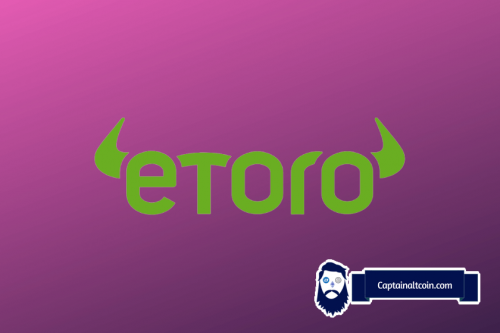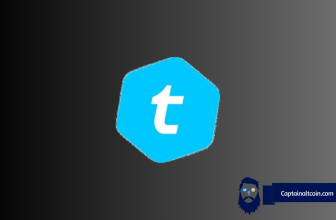
Ethereum’s Layer 2 (L2) rollups have been hailed as a groundbreaking solution for scalability issues, offering a secure venue for cheaper transactions.
However, a significant concern has been raised about the centralization of these rollups, particularly in the role of sequencers, by Binance Research.
Sequencers are entities that process and order transactions off-chain before submitting them to the parent Layer 1 (L1) for finality. While they offer better user experience through quicker transaction confirmations and lower fees, they also introduce a level of centralization that some find troubling.
What you'll learn 👉
The Role of Sequencers
Sequencers play a crucial role in the functioning of L2 rollups. They receive unordered transactions from users, process them into groups off-chain, and then generate a compressed batch of ordered transactions. These ordered transactions are then sent to the Ethereum L1 to achieve transaction finality.
While sequencers are not inherently required for rollups to function, they have become a design choice to improve user experience by offering quicker and cheaper transactions.
The centralization of sequencers introduces several risks. For one, they have the power to delay or even exclude certain transactions. Although full censorship is not possible—users can bypass the sequencer and go directly to L1 if they are willing to pay higher gas fees—the control still exists.
Additionally, issues like Miner Extractable Value (MEV) extraction and liveness become significant concerns. If a single sequencer goes down, it can affect the entire rollup, disrupting services and transactions.
Doge2014 raises 500K in days celebrating Dogecoin. Make potentially big profits and get in on exclusive airdrop!
Show more +Decentralized Sequencers: The Way Forward?
Part of the community believes that the solution to these challenges lies in decentralized, shared sequencers. These shared sequencers would act as a middleware blockchain, serving multiple rollups simultaneously. This approach offers “decentralization-as-a-service” to L2 rollups and even allows for cross-rollup composability.
Several key players in the industry are already working on decentralized sequencer solutions. Companies like Espresso and Astria are at the forefront of this innovation. Espresso has developed a data availability solution called Tiramisu, while Astria aims to bootstrap its own validator set.
Another notable company, Radius, uses an encrypted mempool to ensure that the sequencer cannot see the content of transactions. This allows for the system to work even with a single sequencer, eliminating the need for a consensus mechanism.
As Ethereum continues to evolve, the debate over the centralization of its L2 rollups is likely to intensify. While sequencers offer undeniable benefits in terms of transaction speed and cost, their centralized nature poses risks that some consider unacceptable. Decentralized, shared sequencers could be the key to balancing efficiency with the ethos of decentralization, but only time will tell if these solutions can deliver on their promise.
We recommend eToro
Wide range of assets: cryptocurrencies alongside other investment products such as stocks and ETFs.
Copy trading: allows users to copy the trades of leading traders, for free.
User-friendly: eToro’s web-based platform and mobile app are user-friendly and easy to navigate.









